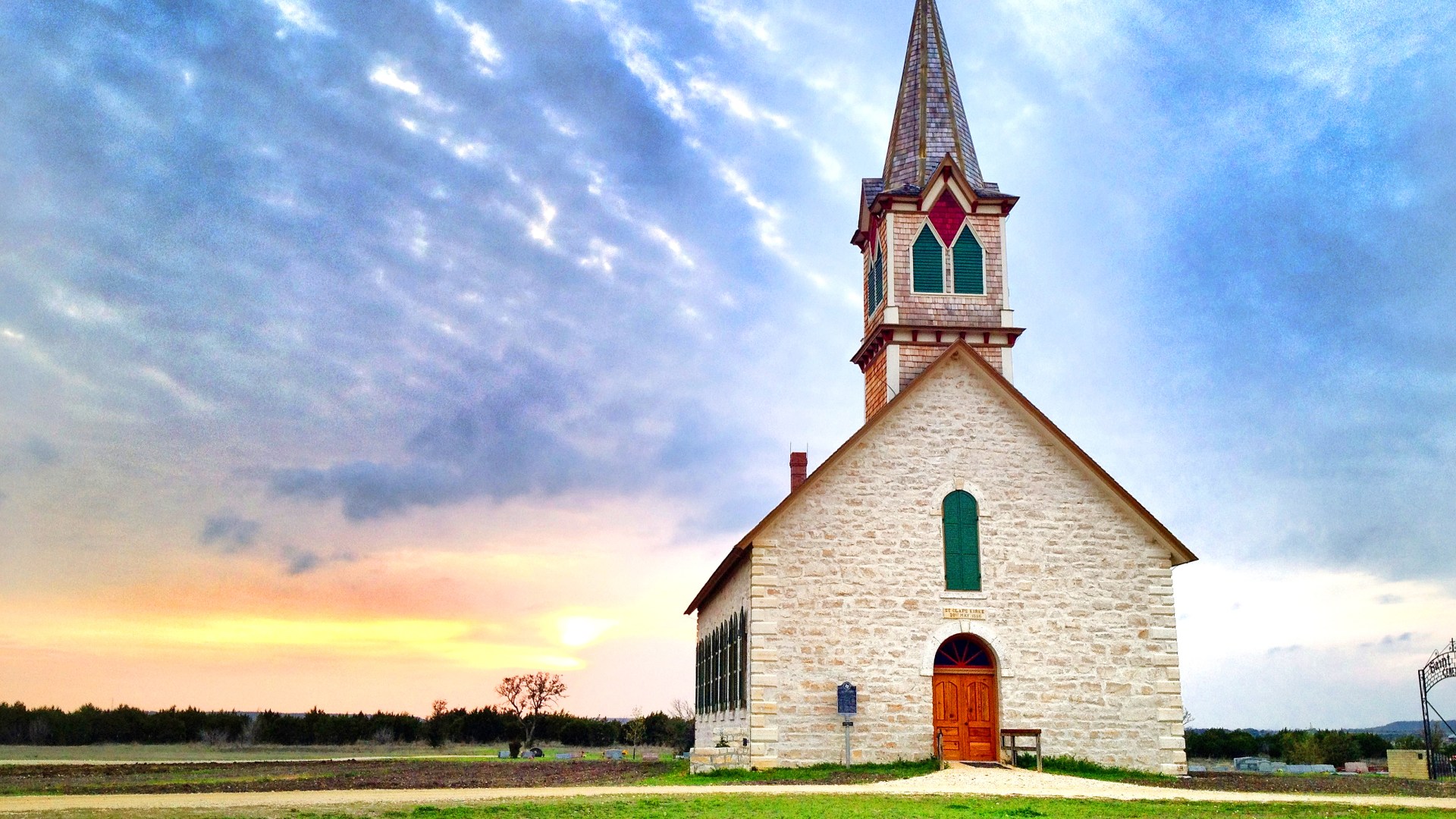The 19th century was the heroic age of missions. It produced some of the greatest heroes that the Christian faith has ever seen. Yet churches were only sending a small number of missionaries. If something had not changed, it would have taken centuries to evangelize the world. The churches needed a new initiative: something that would kick-start a new and powerful movement in missions. And that's what happened. In the summer of 1886, the Student Volunteer Movement was launched.
The Mount Hermon One Hundred
It began improbably when Dwight L. Moody, the greatest evangelist of the era, decided to hold a small student conference. In the summer of 1886, 251 college students from all over the country arrived at Mount Hermon, Massachusetts. Moody presided over the meetings, and students heard ministers and seminary professors preach and teach. Early in this four-week conference something unexpected occurred. The students themselves began to show an increasing interest in missions. One of the students, Robert Wilder, called a meeting of all those interested in missions, and 21 showed up.
The students invited the well-known mission enthusiast Arthur Pierson to speak to the group. About two weeks later Pierson gave an address titled, "Christ means that all shall go, and shall go to all." Later the students chose ten students to speak at a missions meeting on behalf of ten different nations. Seven of the students were foreign and three American. They concluded their brief talks with a Macedonian call to those present, and the words "God is love" in their native languages. The result was electrifying. Wilder wrote, "Seldom have I seen an audience under the sway of God's spirit as it was that night. The delegates withdrew to their rooms or went out under the great trees to wait on God for guidance." By the end of the conference, 100 students had pledged themselves to become foreign missionaries.
The Rise of the SVM
Under the sponsorship of the YMCA, Wilder spent the following academic year touring college campuses. He told the story of the "Mount Hermon One Hundred" and urged students to pledge themselves to become missionaries. Some 2,000 did so. To avoid allowing the bright light of this new movement to flicker out, in 1888 YMCA leaders organized the Student Volunteer Movement for Foreign Missions (known simply as the SVM). They placed the recent Cornell graduate, John R. Mott, at its head. The SVM formed organizations on college, university and seminary campuses across the nation. Students signed pledge cards stating their intention to become missionaries and joined weekly meetings to study missions. The watchword of the movement illustrates the boldness and optimism of the Christian youth of that era: "The Evangelization of the World in this Generation."
The SVM became one of the most successful missionary-recruiting organizations of all time. Prior to its formation, American Protestants supported less than a thousand missionaries throughout the world. Between 1886 and 1920, the SVM recruited 8,742 missionaries in the U.S. Around twice that number were actually sent out as missionaries in this period, many of them influenced by the SVM though never members. SVM leaders also formed college groups around the world in countries where missionaries had established mission colleges during the previous century. Their goal was to create a missionary force large enough to evangelize every nation. They thought in military terms. Missionaries were soldiers in God's army. The SVM sought to recruit, to support, and to place these soldiers strategically around the world. If done shrewdly, they thought they would surely conquer the world.
The culmination of this era of missions history was the Edinburgh Missionary Conference of 1910. Twelve hundred missionaries and church leaders gathered in Scotland to develop a united strategy for world evangelization. The SVM had helped to foster the missionary optimism and interdenominational spirit that characterized the Edinburgh Conference. The SVM also played an important role in conference preparations, and SVM leader John Mott chaired its plenary meetings. Conference participants agreed that greater denominational cooperation was essential to the future advance of the gospel. Following the Edinburgh Conference denominations and mission organizations made numerous agreements that divided the work on the mission field. Their goal was to collaborate, avoid the duplication of work, and thereby bring about the evangelization of the world within a generation.
What happened to the SVM?
Following the end of World War I in 1918, the SVM found itself in a new world. The optimism that was so common before the war was now passé. In its place, the 1920s witnessed the rise of cynicism and secularism. Protestant denominations also experienced divisive battles between theological liberals and conservatives who vied for control of the churches. These divisions undermined the unity upon which the SVM had been built. Moreover, many SVM leaders, who now had a few decades of experience under their belts, began to feel that "The Evangelization of the World in This Generation" was not a realistic goal. Doing missions properly would require more than, as SVM leader Sherwood Eddy put it, "a Paul Revere's ride across the world." The SVM declined throughout the 1920s and, with the Great Depression, was moribund by the early 1930s.
The Student Volunteer Movement lacked a sophisticated missiology and was overly dependent on the optimism and idealism of a passing era. Nevertheless, it was also a tremendous movement of God's Spirit that called a lethargic church to advance the modern missions movement in unprecedented ways. The thousands of missionaries at work in the world today, though many of them don't know it, are heirs of the SVM.
Michael Parker is the Coordinator for International Evangelism for the Presbyterian Church (U.S.A.) and the author of The Kingdom of Character: The Student Volunteer Movement for Foreign Missions, 1886-1926 (William Carey Library, 2008).
Copyright © 2009 by the author or Christianity Today/Christian History. Click here for reprint information on Christian History.









